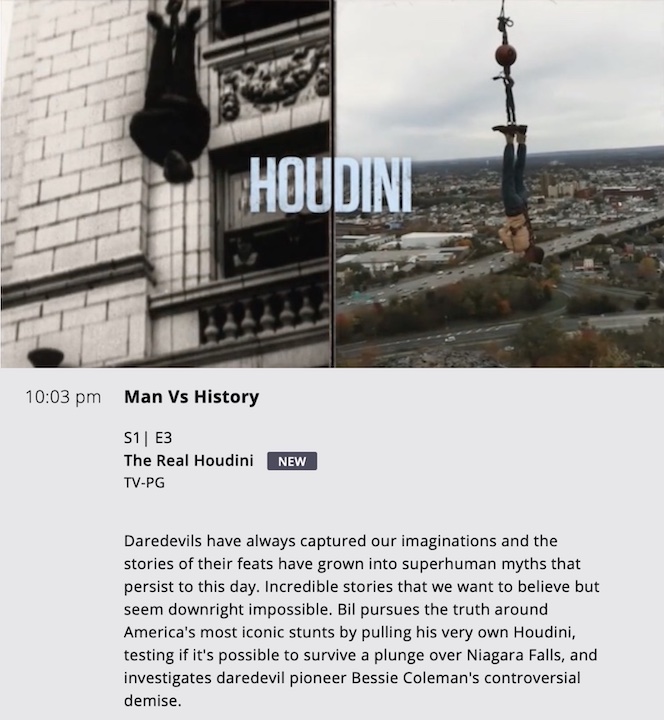
Conflict was first described in ancient Greek literature as the agon, or central contest in tragedy. History Īs with other literary terms, these have come about gradually as descriptions of common narrative structures. So is Charlotte's Web, in which the pig Wilbur fights for his survival against a society that raises pigs for food. The Handmaid's Tale, The Man in the High Castle and Fahrenheit 451 are examples of "man against society" conflicts. In such stories, characters are forced to make moral choices or frustrated by social rules in meeting their own goals. Where man stands against a man-made institution (such as slavery or bullying), "man against man" conflict may shade into "man against society". Sometimes a fourth basic conflict is described, "man against society". Bridget Jones's Diary also focuses on internal conflict, as the titular character deals with her own neuroses and self-doubts. In the novel Fight Club by Chuck Palahniuk, published in 1994, as well as in its 1999 film adaptation, the unnamed protagonist struggles against himself in what is revealed to be a case of dissociative identity disorder. A serious example of "man against himself" is offered by Hubert Selby Jr.'s 1978 novel Requiem for a Dream, which centers around stories of addiction. A character must overcome her/his own nature or make a choice between two or more paths-good and evil logic and emotion. With "man against self" conflict, the struggle is internal. Wild not only takes its name from this conflict, but it is also a great example, featuring Bear Grylls and his attempts to keep nature at bay.

It is also common in adventure stories, including Robinson Crusoe.

The "man against nature" conflict is central to Ernest Hemingway's The Old Man and the Sea, where the protagonist contends against a marlin. "Man against nature" conflict is an external struggle positioning the character against an animal or a force of nature, such as a storm or tornado or snow. Other examples include Dorothy's struggles with the Wicked Witch of the West in The Wonderful Wizard of Oz and Tom Sawyer's confrontation with Injun Joe in The Adventures of Tom Sawyer. One example of the "man against man" conflict is the relationship struggles between the protagonist and the antagonist stepfather in This Boy's Life. This type of conflict is very common in traditional literature, fairy tales and myths. The conflict may be direct opposition, as in a gunfight or a robbery, or it may be a more subtle conflict between the desires of two or more characters, as in a romance or a family epic. "Man against man" conflict involves stories where characters are against each other. Some of the other types of conflict referenced include "man against machine" ( The Terminator, Brave New World), "man against fate" ( Slaughterhouse Five), "man against the supernatural" ( The Shining) and "man against God" ( A Canticle for Leibowitz).
#IS MAN VS WILD REAL FREE#
Ayn Rand, for instance, argued that "man against nature" is not a conflict because nature has no free will and thus can make no choices. The basic types of conflict in fiction have been commonly codified as "man against man", "man against nature", and "man against self." Although frequently cited, these three types of conflict are not universally accepted. Open endings, which can serve to ask the reader to consider the conflict more personally, may not satisfy them, but obvious conflict resolution may also leave readers disappointed in the story. If a story ends without resolving the main or major conflict(s), it is said to have an "open" ending. Conflicts may resolve at any point in a story, particularly where more than one conflict exists, but stories do not always resolve every conflict.

When a conflict is resolved and the reader discovers which force or character succeeds, it creates a sense of closure. There may be multiple points of conflict in a single story, as characters may have more than one desire or may struggle against more than one opposing force. The literary purpose of conflict is to create tension in the story, making readers more interested by leaving them uncertain which of the characters or forces will prevail. A character may as easily find himself or herself in conflict with a natural force, such as an animal or a weather event, like a hurricane. Conflict is most visible between two or more characters, usually a protagonist and an antagonist/ enemy/ villain, but can occur in many different forms. Conflict may be internal or external-that is, it may occur within a character's mind or between a character and exterior forces, (or point(s) of view). Conflict in literature refers to the different drives of the characters or forces involved.


 0 kommentar(er)
0 kommentar(er)
